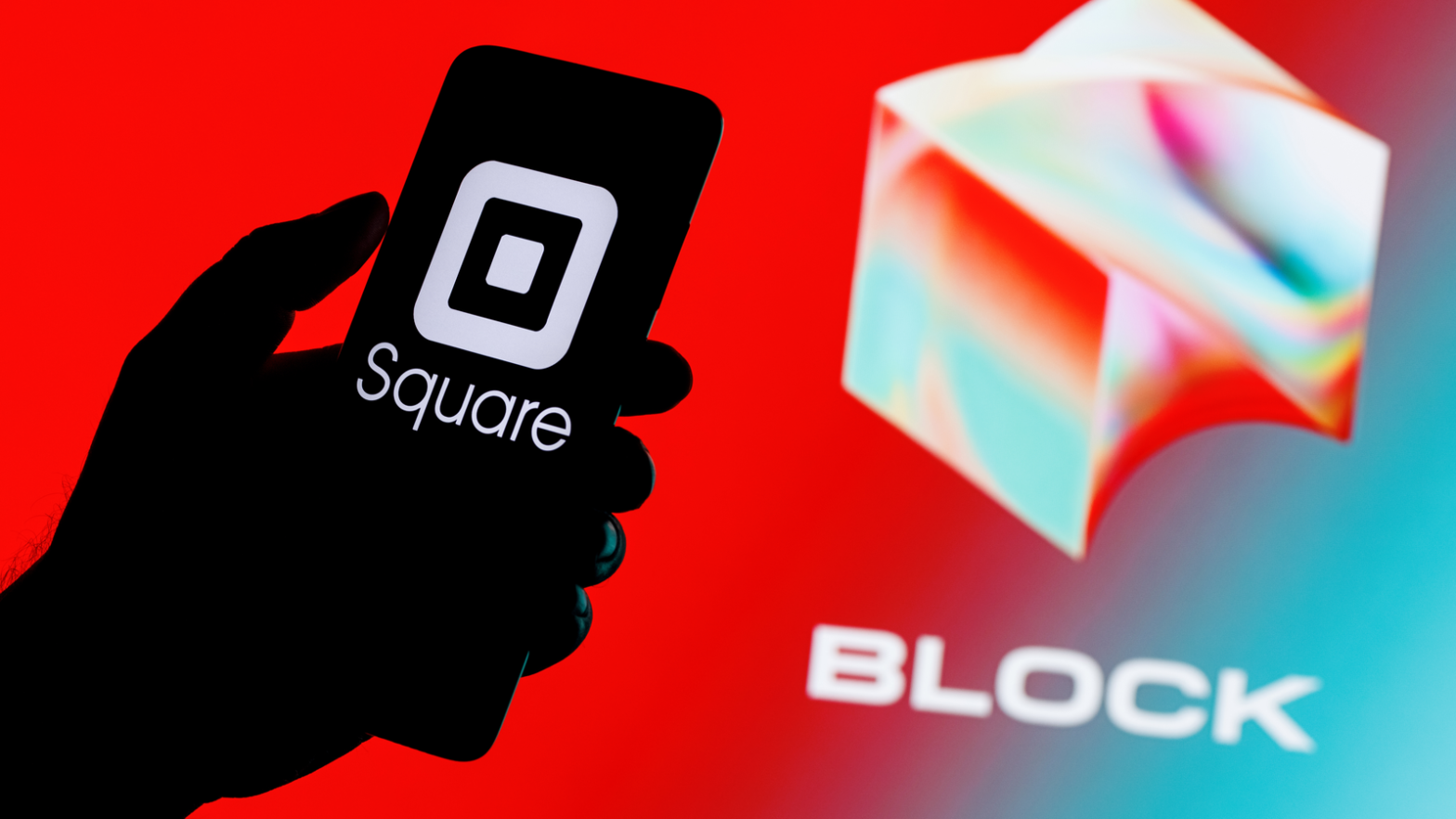Block (NYSE:SQ), the payment processor formally known as Square, is down 7% on the year while shares in other payment processors, like Visa (NYSE:V), are up.
Most of the damage was done by a March 24 report from short seller Hindenburg Research. The report claimed 40%-75% of Block’s users were fake, involved in fraud, or were multiple accounts tied to a single individual. The “underbanked” users it is serving, the report said, are mainly criminals.
The company’s response satisfied some analysts. Truist reiterated its “buy” rating two weeks after the Hindenburg note, with a one-year price target of $105.
Now Block is trading right where it fell to after the report came out. That’s near $60 per share, a market capitalization of $37 billion.
Cash App Struggles to Keep Up
Square was founded in 2009 around a dongle that could read a credit card’s magnetic stripe. This, combined with a simplified merchant business model, brought kiosks, food trucks, and street festivals into the credit card market.
It followed this with the Cash App, linking those small merchants to loans and other banking services. By 2021, the app had 70 million users and was earning $1.8 billion a year in profit, according to the company.
Cash App sent SQ stock to the moon. Shares traded for $275 each at the height of the 2021 tech boom, leaving rivals in the transaction business behind. Now they have fallen back to Earth.
Over the last 5 years Visa is up 82%, and it delivers $1.80 per year in dividends. Block is up just 28% over that period. The company lost $541 million, 93 cents per share, in 2022.
Where Block Stands Today
Cash App has taken Block far beyond its roots, but not beyond its peers.
Consider Fiserv (NASDAQ:FISV), a direct competitor in the transaction business. It had $17.7 billion in revenue last year, compared with Block’s $17.5 billion. But it also had $2.5 billion in net income and year over year growth of 9%. Shares are up 15% over the last year, while Block is down 40%.
Block’s blow against its own business is the cost. This starts with a 2.5% “discount” on stores, plus a “swipe fee” for each transaction. You pay $1 for something, and the merchant gets 97 cents. The processor keeps the merchant’s money during the settlement process, collecting interest. Your bank keeps your loan outstanding until you pay your bill. Even if you do it on time every month, there’s a lot of money there.
But Jack Dorsey, who co-founded Block and remains CEO, believes he can solve that. It’s why he changed the company’s name at the end of 2021.
Block means blockchain. Dorsey believes in it, fervently. The company has been trading cryptocurrency since 2018. He believes it will become the “single currency” for internet transactions and supports the Lightning Network proposal to improve its speed and reduce fees. Last month he announced plans for a “Bitcoin mining development kit.”
Dorsey is especially high on crypto in Africa, where currency trading is expensive. This month Block partnered with Yellow Card, one of the continent’s largest crypto firms, to facilitate cross-border payments among 16 African countries. Dorsey spent much of 2021 in Ghana and returned there late last year to boost Bitcoin (BTC-USD).
The Bottom Line on SQ Stock
If you believe in crypto you should believe in Block.
I don’t.
The field is filled with fraud. The costs of transaction processing on the blockchain are enormous. I have yet to see a blockchain business model that works better than other ways of doing business. Even Dorsey admits Bitcoin is an energy hog.
Contrary to Wall Street, I also don’t think Block has completely answered questions about Cash App.
If you buy Block, you’re buying into Jack Dorsey. You’re buying a crypto play. I think you’re buying trouble.
Buy a traditional payment processor instead and avoid SQ stock.
On the date of publication, Dana Blankenhorn held no positions in any company mentioned in this story. The opinions expressed in this article are those of the writer, subject to the InvestorPlace.com Publishing Guidelines.

